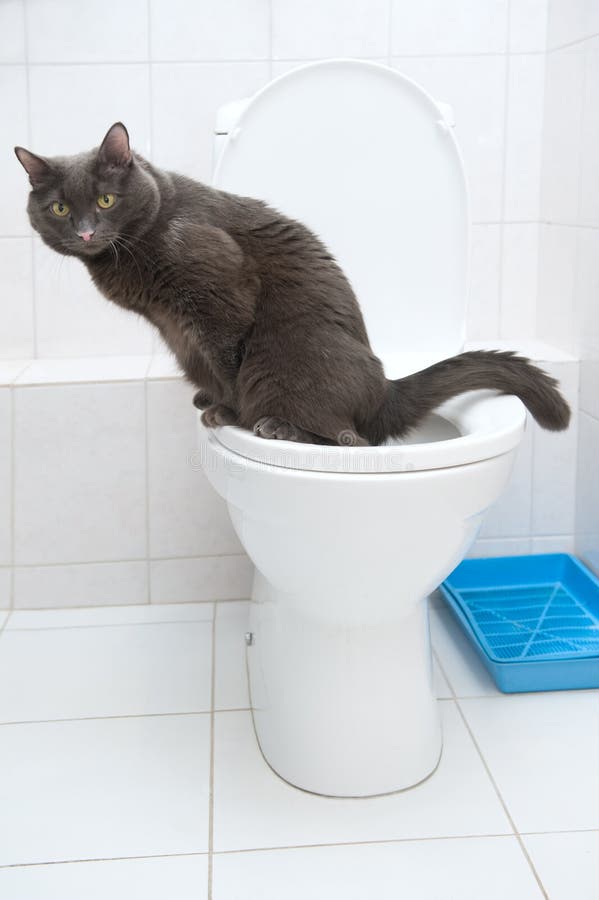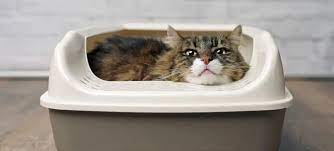We've stumbled on the article relating to 4 Reasons Why Dog Poop Cleanup is Important directly below on the internet and reckoned it made perfect sense to quickly share it with you on this page.

When it comes to dealing with waste, particularly animal waste, lots of people commonly resort to the practical alternative of flushing it down the commode. Nonetheless, this relatively simple service can have serious repercussions for the environment and public health. In this post, we'll discover why flushing pet waste down the toilet is a poor concept and give alternate techniques for appropriate disposal.
Introduction
Proper waste disposal is vital for keeping environmental sustainability and public health. While it may seem safe to flush animal waste down the toilet, it can lead to different problems, both for the environment and human well-being.
Dangers of flushing pet waste
Environmental effect
Purging animal waste introduces unsafe microorganisms and virus into rivers, which can negatively impact aquatic ecosystems. These pathogens can infect water resources and injury aquatic life, disrupting delicate communities.
Public health issues
Pet waste contains hazardous microorganisms such as E. coli and Salmonella, which can pose severe health risks to people. Flushing animal waste down the commode can pollute water supplies, causing the spread of illness and infections.
Alternatives to flushing
As opposed to purging animal waste down the bathroom, there are a number of alternate disposal methods that are extra environmentally friendly and hygienic.
Composting
Composting animal waste is an environment-friendly way to throw away it. By composting, raw material is broken down into nutrient-rich soil, which can be made use of to feed yards and plants.
Land fill disposal
Dealing with animal waste in a landfill is an additional choice. While not as eco-friendly as composting, it is a much safer choice to flushing, as it avoids the contamination of water resources.
Family pet garbage disposal systems
There are customized pet waste disposal systems readily available that safely and hygienically take care of pet waste. These systems usually make use of enzymes to break down waste and remove smells.
Steps to proper pet garbage disposal
To ensure proper disposal of pet waste, follow these actions:
Scooping and getting waste
Regularly scoop and bag animal waste making use of eco-friendly bags. This avoids waste from polluting the atmosphere.
Using designated waste containers
Dispose of bagged animal waste in designated waste bins, such as garden compost containers or landfill bins. Avoid flushing it down the bathroom whatsoever prices.
Cleansing litter boxes and family pet areas consistently
On a regular basis tidy can and family pet locations to avoid the buildup of waste and bacteria. Usage pet-safe cleansing items to maintain hygiene.
Advantages of proper disposal methods
Adopting correct disposal methods for animal waste uses several benefits:
Minimized environmental pollution
Appropriate disposal techniques decrease the risk of environmental pollution, securing rivers and communities from contamination
Lessened threat of water contamination.
By avoiding flushing pet waste down the toilet, the threat of water contamination is considerably decreased, guarding public health.
Improved cleanliness and health
Correct disposal methods promote far better hygiene and hygiene, producing a safer atmosphere for both people and animals.
Final thought
Finally, flushing pet waste down the commode is damaging to the atmosphere and public health. By adopting alternative disposal techniques and adhering to correct waste management methods, we can minimize the adverse effect of pet waste and add to a cleaner, much healthier world.
What To Do With Dog Poo – The Do's And Don'ts Of Disposing Of Faeces
Dog poo bins
Some councils provide dedicated dog waste bins in popular dog-walking areas that can take dog poo that has been bagged but you can legally dispose of dog waste in any public litter bin, as long as it is securely bagged. This also applies to your wheelie bin at home.
Do not flush
Water companies do not recommend flushing dog faeces down the toilet because certain parasites can survive the water processing treatment and are potentially harmful to humans. You should also never consider flushing dog poo that has been bagged down the toilet as the bags will not break down and instead create severe blockages in the sewage system.
In the woods
The Forestry Commission promotes a ‘stick and flick’ method for dealing with waste in the woods. This means finding a stick and using it to flick any poo from off the path so that it is out of the way of other walkers. You could also bury it as long as it is not in an area where there might be livestock.
Livestock
Parasites found in dog poo can be transmitted to livestock if they inadvertently eat infected faeces that has been left on grazing land. This could result in the death of sheep or abortion in cattle so you should always make sure you pick up your dog’s waste in fields where livestock could be present.

On a regular basis tidy can and family pet locations to avoid the buildup of waste and bacteria. Usage pet-safe cleansing items to maintain hygiene.
Advantages of proper disposal methods
Adopting correct disposal methods for animal waste uses several benefits:
Minimized environmental pollution
Appropriate disposal techniques decrease the risk of environmental pollution, securing rivers and communities from contamination
Lessened threat of water contamination.
By avoiding flushing pet waste down the toilet, the threat of water contamination is considerably decreased, guarding public health.
Improved cleanliness and health
Correct disposal methods promote far better hygiene and hygiene, producing a safer atmosphere for both people and animals.
Final thought
Finally, flushing pet waste down the commode is damaging to the atmosphere and public health. By adopting alternative disposal techniques and adhering to correct waste management methods, we can minimize the adverse effect of pet waste and add to a cleaner, much healthier world.
What To Do With Dog Poo – The Do's And Don'ts Of Disposing Of Faeces
Dog poo bins
Some councils provide dedicated dog waste bins in popular dog-walking areas that can take dog poo that has been bagged but you can legally dispose of dog waste in any public litter bin, as long as it is securely bagged. This also applies to your wheelie bin at home.
Do not flush
Water companies do not recommend flushing dog faeces down the toilet because certain parasites can survive the water processing treatment and are potentially harmful to humans. You should also never consider flushing dog poo that has been bagged down the toilet as the bags will not break down and instead create severe blockages in the sewage system.
In the woods
The Forestry Commission promotes a ‘stick and flick’ method for dealing with waste in the woods. This means finding a stick and using it to flick any poo from off the path so that it is out of the way of other walkers. You could also bury it as long as it is not in an area where there might be livestock.
Livestock
Parasites found in dog poo can be transmitted to livestock if they inadvertently eat infected faeces that has been left on grazing land. This could result in the death of sheep or abortion in cattle so you should always make sure you pick up your dog’s waste in fields where livestock could be present.
I stumbled upon that content about 4 Reasons Why Dog Poop Cleanup is Important when doing a search on the internet. Please take the time to promote this write-up if you enjoyed reading it. Thanks a bunch for being here. Revisit us soon.
Call